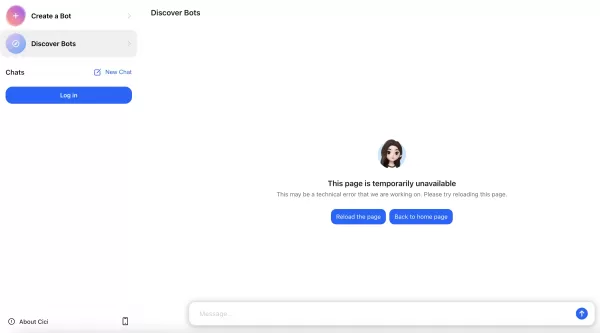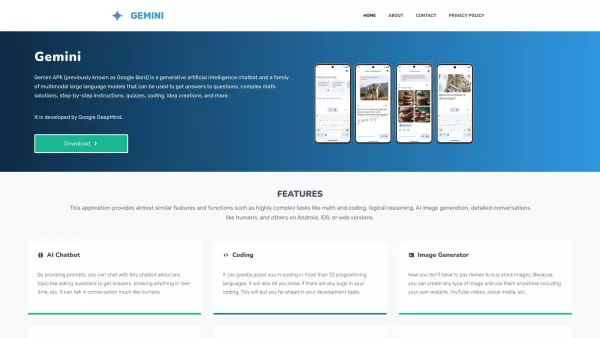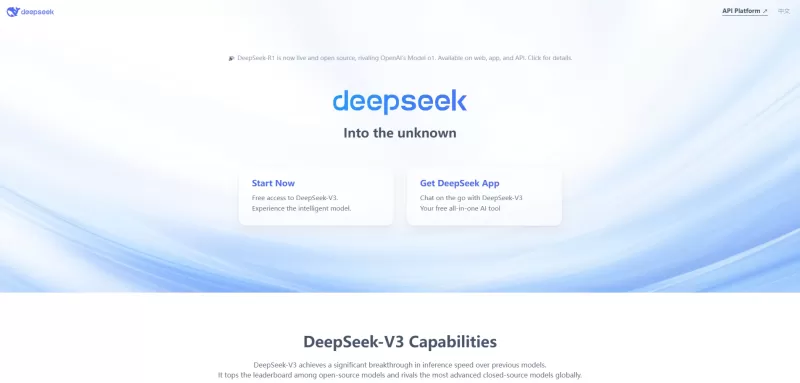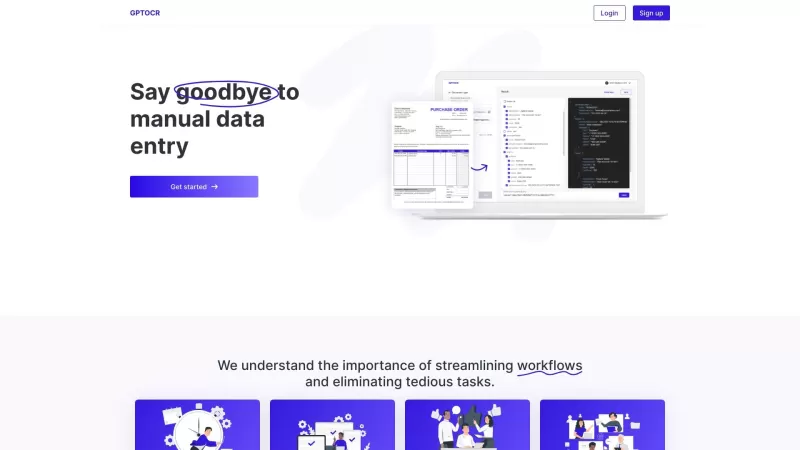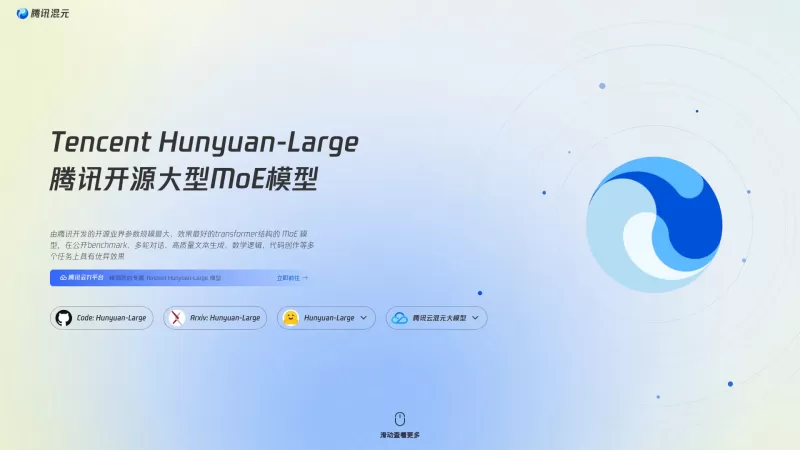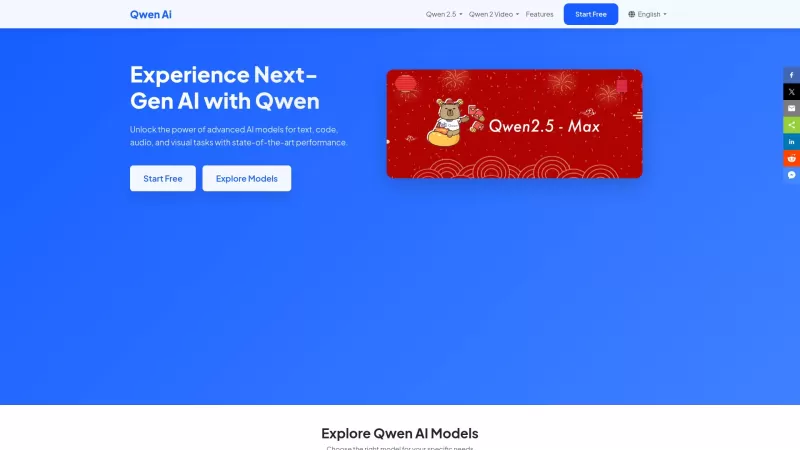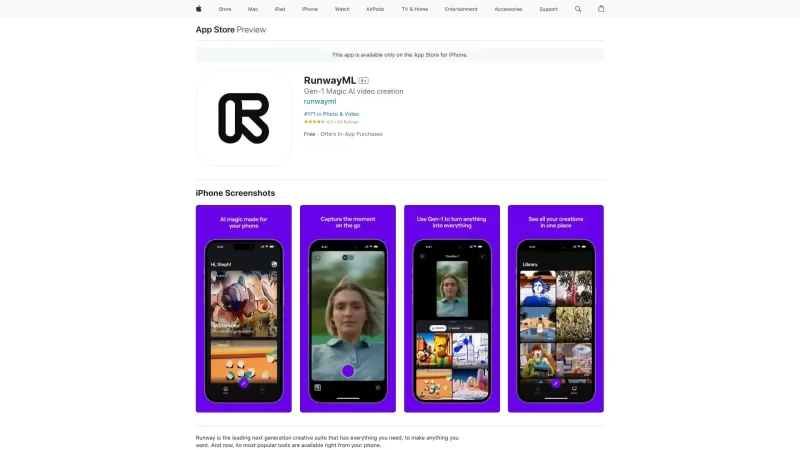OpenAI's o3 and o4-mini Models Transform Visual Analysis and Coding Efficiency
The Evolution of AI: OpenAI's Breakthrough Models
In a landmark release during April 2025, OpenAI unveiled its most sophisticated AI systems yet - the o3 and o4-mini models. These cutting-edge platforms represent a quantum leap in artificial intelligence, particularly excelling in visual comprehension and programming assistance. Their enhanced cognitive architecture delivers superior problem-solving capabilities while seamlessly processing both textual and visual information.
Unprecedented Performance Metrics
The new models demonstrate extraordinary computational proficiency, achieving industry-leading scores of 92.7% accuracy on the rigorous AIME mathematical benchmark. This performance benchmark notably surpasses previous generations while maintaining robust capabilities across diverse data formats including source code, digital imagery, schematic diagrams, and technical documentation.
By automating traditionally labor-intensive processes such as error debugging, documentation synthesis, and visual data interpretation, these models are fundamentally reshaping AI application development. From software engineering to data science applications, o3 and o4-mini provide developers with powerful tools to construct more intelligent systems and innovative solutions to complex problems.
Core Technical Innovations
Enhanced Contextual Processing
These next-generation models feature dramatically expanded context windows, capable of processing up to 200,000 tokens simultaneously. This breakthrough eliminates the previous need to segment large codebases or technical documents, enabling comprehensive analysis of entire projects in single sessions.
Seamless Multimodal Integration
The unified architecture allows concurrent processing of textual and visual data streams, creating new opportunities for:
- Real-time debugging through UI screenshots
- Automated technical documentation with integrated diagrams
- Immediate interpretation of architectural schematics
Safety Architecture
OpenAI's proprietary alignment framework ensures these models validate their outputs against user intentions before execution. This critical safety feature proves particularly valuable in high-stakes domains like healthcare informatics and financial systems where precision is paramount.
Development Workflow Transformation
Advanced Code Analysis
The models deliver:
- Instant identification of security vulnerabilities
- Performance optimization suggestions
- Automated regression testing capabilities
Visual Data Processing
Key visual intelligence features include:
- Advanced OCR for technical documentation
- Image enhancement algorithms for low-resolution inputs
- 2D-to-3D spatial reasoning for engineering applications
Model Selection Guidelines
Model Best Use Cases Performance Characteristics o3 Complex R&D, scientific computing Maximum precision, extended context o4-mini Enterprise development, API integration Cost-efficient, high throughput
Implementation Impact Analysis
Early adoption data demonstrates:
- 37% reduction in debugging cycles
- 29% faster documentation turnaround
- 63% improvement in visual data processing accuracy
Future Development Roadmap
Anticipated enhancements include expanded domain-specific knowledge bases and improved real-time collaboration features, further cementing these models as indispensable tools for modern development teams.
Related article
 Cognition Acquires Windsurf, Maker of AI Coding Agent Devin
Cognition Acquires AI Coding Startup Windsurf Amid Industry Frenzy
Cognition, the AI startup responsible for the revolutionary coding assistant Devin, revealed plans to acquire Windsurf through a blog announcement on Monday. This strategic move come
Cognition Acquires Windsurf, Maker of AI Coding Agent Devin
Cognition Acquires AI Coding Startup Windsurf Amid Industry Frenzy
Cognition, the AI startup responsible for the revolutionary coding assistant Devin, revealed plans to acquire Windsurf through a blog announcement on Monday. This strategic move come
 AI Revolutionizes Tabletop RPGs: Ultimate Guide to Worldbuilding Automation
Explore the groundbreaking fusion of artificial intelligence and tabletop role-playing games, where cutting-edge technology meets creative storytelling. Modern AI solutions are transforming how we build immersive game worlds—streamlining the process,
AI Revolutionizes Tabletop RPGs: Ultimate Guide to Worldbuilding Automation
Explore the groundbreaking fusion of artificial intelligence and tabletop role-playing games, where cutting-edge technology meets creative storytelling. Modern AI solutions are transforming how we build immersive game worlds—streamlining the process,
 Chromecast Relaunches With Exciting New Features and Upgrades
A Familiar Streaming Alternative Emerges for Chromecast FansWhen Google phased out its compact Chromecast dongles in favor of the bulkier TV Streamer set-top box, many users lamented the loss of the minimalist streaming solution. Now, European consum
Comments (0)
0/200
Chromecast Relaunches With Exciting New Features and Upgrades
A Familiar Streaming Alternative Emerges for Chromecast FansWhen Google phased out its compact Chromecast dongles in favor of the bulkier TV Streamer set-top box, many users lamented the loss of the minimalist streaming solution. Now, European consum
Comments (0)
0/200
The Evolution of AI: OpenAI's Breakthrough Models
In a landmark release during April 2025, OpenAI unveiled its most sophisticated AI systems yet - the o3 and o4-mini models. These cutting-edge platforms represent a quantum leap in artificial intelligence, particularly excelling in visual comprehension and programming assistance. Their enhanced cognitive architecture delivers superior problem-solving capabilities while seamlessly processing both textual and visual information.
Unprecedented Performance Metrics
The new models demonstrate extraordinary computational proficiency, achieving industry-leading scores of 92.7% accuracy on the rigorous AIME mathematical benchmark. This performance benchmark notably surpasses previous generations while maintaining robust capabilities across diverse data formats including source code, digital imagery, schematic diagrams, and technical documentation.
By automating traditionally labor-intensive processes such as error debugging, documentation synthesis, and visual data interpretation, these models are fundamentally reshaping AI application development. From software engineering to data science applications, o3 and o4-mini provide developers with powerful tools to construct more intelligent systems and innovative solutions to complex problems.
Core Technical Innovations
Enhanced Contextual Processing
These next-generation models feature dramatically expanded context windows, capable of processing up to 200,000 tokens simultaneously. This breakthrough eliminates the previous need to segment large codebases or technical documents, enabling comprehensive analysis of entire projects in single sessions.
Seamless Multimodal Integration
The unified architecture allows concurrent processing of textual and visual data streams, creating new opportunities for:
- Real-time debugging through UI screenshots
- Automated technical documentation with integrated diagrams
- Immediate interpretation of architectural schematics
Safety Architecture
OpenAI's proprietary alignment framework ensures these models validate their outputs against user intentions before execution. This critical safety feature proves particularly valuable in high-stakes domains like healthcare informatics and financial systems where precision is paramount.
Development Workflow Transformation
Advanced Code Analysis
The models deliver:
- Instant identification of security vulnerabilities
- Performance optimization suggestions
- Automated regression testing capabilities
Visual Data Processing
Key visual intelligence features include:
- Advanced OCR for technical documentation
- Image enhancement algorithms for low-resolution inputs
- 2D-to-3D spatial reasoning for engineering applications
Model Selection Guidelines
| Model | Best Use Cases | Performance Characteristics |
|---|---|---|
| o3 | Complex R&D, scientific computing | Maximum precision, extended context |
| o4-mini | Enterprise development, API integration | Cost-efficient, high throughput |
Implementation Impact Analysis
Early adoption data demonstrates:
- 37% reduction in debugging cycles
- 29% faster documentation turnaround
- 63% improvement in visual data processing accuracy
Future Development Roadmap
Anticipated enhancements include expanded domain-specific knowledge bases and improved real-time collaboration features, further cementing these models as indispensable tools for modern development teams.
 Cognition Acquires Windsurf, Maker of AI Coding Agent Devin
Cognition Acquires AI Coding Startup Windsurf Amid Industry Frenzy
Cognition, the AI startup responsible for the revolutionary coding assistant Devin, revealed plans to acquire Windsurf through a blog announcement on Monday. This strategic move come
Cognition Acquires Windsurf, Maker of AI Coding Agent Devin
Cognition Acquires AI Coding Startup Windsurf Amid Industry Frenzy
Cognition, the AI startup responsible for the revolutionary coding assistant Devin, revealed plans to acquire Windsurf through a blog announcement on Monday. This strategic move come
 AI Revolutionizes Tabletop RPGs: Ultimate Guide to Worldbuilding Automation
Explore the groundbreaking fusion of artificial intelligence and tabletop role-playing games, where cutting-edge technology meets creative storytelling. Modern AI solutions are transforming how we build immersive game worlds—streamlining the process,
AI Revolutionizes Tabletop RPGs: Ultimate Guide to Worldbuilding Automation
Explore the groundbreaking fusion of artificial intelligence and tabletop role-playing games, where cutting-edge technology meets creative storytelling. Modern AI solutions are transforming how we build immersive game worlds—streamlining the process,
 Chromecast Relaunches With Exciting New Features and Upgrades
A Familiar Streaming Alternative Emerges for Chromecast FansWhen Google phased out its compact Chromecast dongles in favor of the bulkier TV Streamer set-top box, many users lamented the loss of the minimalist streaming solution. Now, European consum
Chromecast Relaunches With Exciting New Features and Upgrades
A Familiar Streaming Alternative Emerges for Chromecast FansWhen Google phased out its compact Chromecast dongles in favor of the bulkier TV Streamer set-top box, many users lamented the loss of the minimalist streaming solution. Now, European consum

